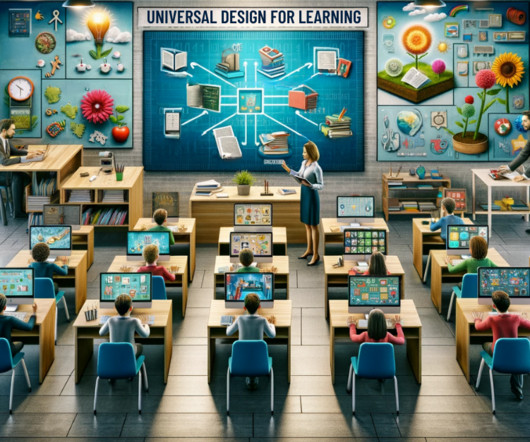Characteristics of The 21st Century Classroom
Educational Technology and Mobile Learning
JANUARY 4, 2024
When I embarked on my teaching journey back in 2003, the landscape of the classroom was quite different from what we see today. It’s a transformation that’s been largely driven by the unprecedented pace of technological advancement. And guess what?














Let's personalize your content